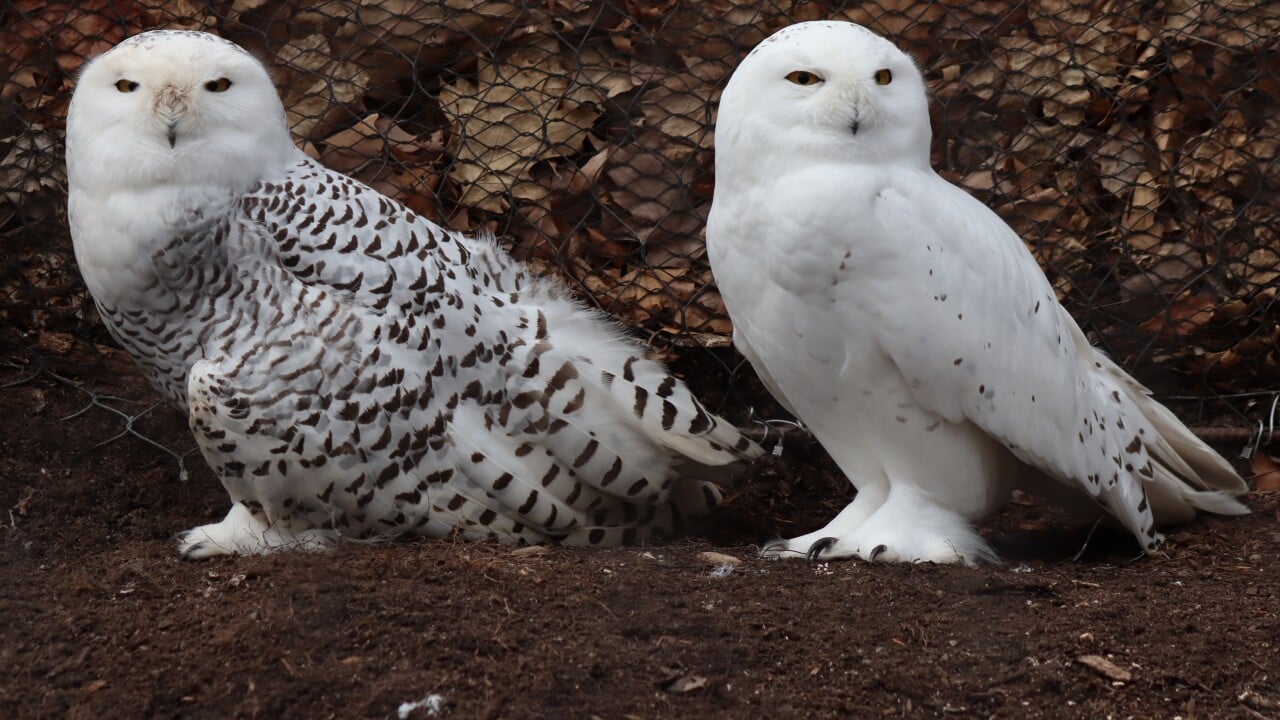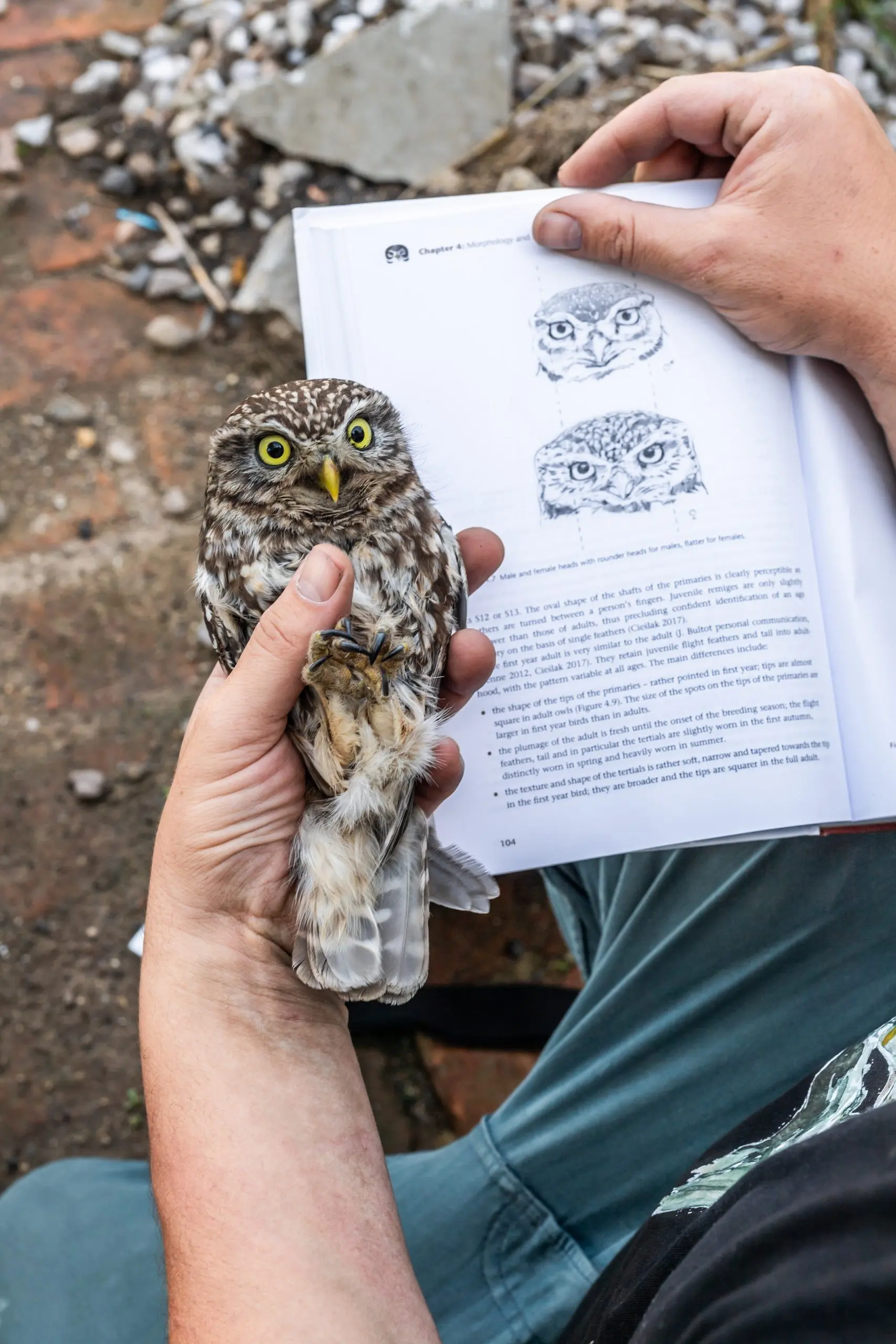this post was submitted on 11 Sep 2024
669 points (99.9% liked)
Superbowl
3261 readers
237 users here now
For owls that are superb.

founded 1 year ago
MODERATORS
you are viewing a single comment's thread
view the rest of the comments
view the rest of the comments

Original article is pretty good. Here is a quick translation:
Czech Society for Ornithology
The translation pointed out "technical traps," which is probably an odd translation. I looked up the article that was referenced, but I don't recommend you look at it, as it shows dead owls a number of times. If you do want to see it, it's here. It's essentially referring to manmade objects that pose a danger to owls due to their desire to go into holes. Water barrels, pipes, vent shafts, and also things like sports netting or other hanging nets. Many of these objects have vertical sides made of very smooth material like metal or plastic, and they have nothing to grip on to climb out and will starve, become injured, or drown. The article mentions one single hay machine that contained 28 dead barn owls. Usually it is not difficult to secure these items to make sure animals can't get in, we just need to be sure people are aware that it's a problem.
Also, this cute pic has not been shared yet!
I am native speaker and I also didn't understand it until it was explained later in the article.
I think that better term would be technological trap - unintentionally made trap using bad technology.
It is really shocking the things we don't think of that can trap an animal due to their anatomies being so different to ours.
In our neighborhood, the drains from the roof gutters go to some underground pipe network, and twice the one summer I got 2 birds out of them before they died or fell too deep.
I had been hearing a scratching sound next to my patio and knew something was inside, but I had no clue what it was. I disconnected the pipe, and a birds face popped out and then it shot off into the woods as fast as it could.
A month or so later, I saw a neighbor looking at their pipe in a confused manner and I heard the same sound and got that one out.
I've pulled a few frogs out of the storm drain too before they got swept away or sun baked.
We do a good job making most things human proof nowadays, but we could do a little more to keep the animals safe yet as well.